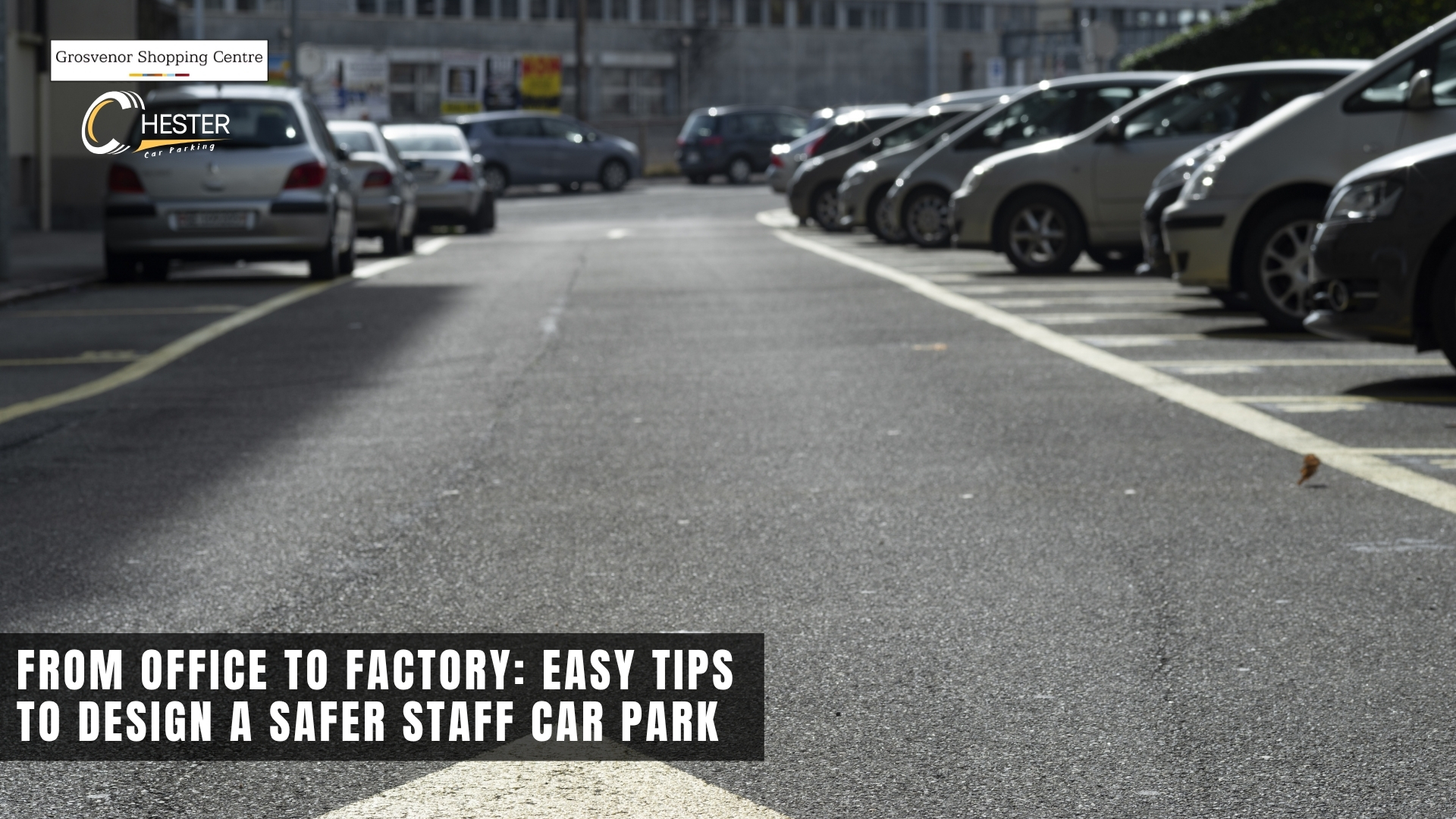From Office to Factory: Easy Tips to Design a Safer Staff Car Park
How safe is your staff car park for everyday use? Whether managing a busy office site or a factory with heavy traffic, car park design plays a big role in protecting workers, vehicles and visitors. A well-built layout not only avoids confusion but also supports access, flow and security. With thoughtful planning and the right materials, it’s possible to build a car park that meets daily needs without incurring excessive costs. At Car Parking Chester, we help businesses shape smart, safe, and reliable parking spaces. Now, let’s look at the important details that make all the difference when it comes to safety and function.
Why Is Car Park Safety So Important for Workplaces?
Car park safety is crucial for workplaces, as it protects staff, visitors, and vehicles throughout the day. A safe car park prevents slips, collisions, and confusion during peak times. Proper planning also ensures emergency access and accessible bays for all users. Companies that invest in safety measures often see fewer incidents and better staff satisfaction. When designing or building a car park, safety should always be the top priority for lasting peace of mind.
What Layout Works Best for Office and Factory Settings?
A well-designed layout separates entrances, exits, and walking paths to prevent conflicts between cars and pedestrians. Office sites may benefit from angled parking and wider walkways, while factories might need longer bays for vans and lorries. Clear zones for staff, visitors, and deliveries reduce daily confusion. Car park planning permission is often required, so it is helpful to involve experts early on. Before building a car park, assess traffic flow and site size to determine the most efficient layout.
Should You Separate Pedestrian Paths from Vehicle Lanes?
Yes, pedestrian routes should always be marked and safely away from traffic. Barriers or bollards help keep foot traffic on the right paths and out of vehicle lanes. In larger office factory car parks, painted paths and raised kerbs enhance visibility and safety. Separating movement areas reduces risk and establishes a clear routine for both drivers and pedestrians. This small step makes a big difference in daily safety.
How Can Lighting Make a Car Park Safer After Dark?
Lighting makes car parks safer by helping people see and be seen. Well-lit areas reduce the chance of trips and also discourage crime. LED lighting is a cost-effective and long-lasting solution, making it ideal for car parking construction projects. Placing lights above key areas, such as entrances, payment stations, and walkways, ensures users feel safe. Better visibility also supports CCTV and security patrols during night hours.
Are Clear Signs and Markings Essential for Smooth Flow?
Yes, signs and painted lines help drivers understand where to go and park. Directional arrows, bay numbers, and safety messages avoid chaos during busy times. They also support people unfamiliar with the site. Markings must be refreshed regularly to stay effective. For any parking area construction plan, strong signage and surface markings are essential tools to keep the flow running smoothly.
Can Barriers and Entry Systems Prevent Unauthorised Access?
Barriers and entry systems are effective in controlling access to staff-only car parks. Automatic gates, fobs, or ticketed entry systems stop random use or unwanted visitors. These systems also help track who is entering and exiting the premises. If your site has experienced issues in the past, adding security to your car park structure can prevent future misuse and keep everyone safer.
What Surfaces Work Best for Heavy Use and Low Maintenance?
Concrete and durable tarmac are ideal choices for high-use staff car parks. These surfaces resist wear from heavy loads and offer good drainage options. Depending on the location and budget, gravel may be suitable for smaller spaces, but it often requires more maintenance. When building a car park for a workplace, balance cost, durability, and daily use when selecting your surfacing materials.
How Do You Plan for Emergency Access and Disabled Bays?
Emergency access and accessible bays must be built into the plan from the start. Leave space for fire service vehicles and ensure wheelchair users have well-placed, clearly marked bays. These spaces should be located near entrances and be wide enough to accommodate ramps, even when designing for a compact parking space. Following national guidelines ensures your building car park project meets both legal and practical standards.
Is Regular Maintenance Key to Long-Term Safety?
Yes, regular maintenance keeps car parks safe, clean, and usable. Repairing potholes, repainting lines, and inspecting barriers and lights should be done on a regular schedule. A well-maintained car park reflects a company’s values and reduces complaints from staff. To ensure everything runs smoothly from the start, it’s also important to reserve parking in advance when planning logistics. For long-term success, factor in maintenance when setting up your car parking construction plan.
Is Staff Awareness the Final Step in Safer Car Park Design?
Yes, staff awareness is the final and often forgotten part of car park safety. Clear policies, reminders, and occasional updates help people park properly and stay alert. Staff who know what to expect are more likely to follow the rules. For guidance on setting up these practices, refer to our supporting resources for more details. A great design backed by regular communication keeps your office or factory car park both safe and easy to use.


Leave a Reply